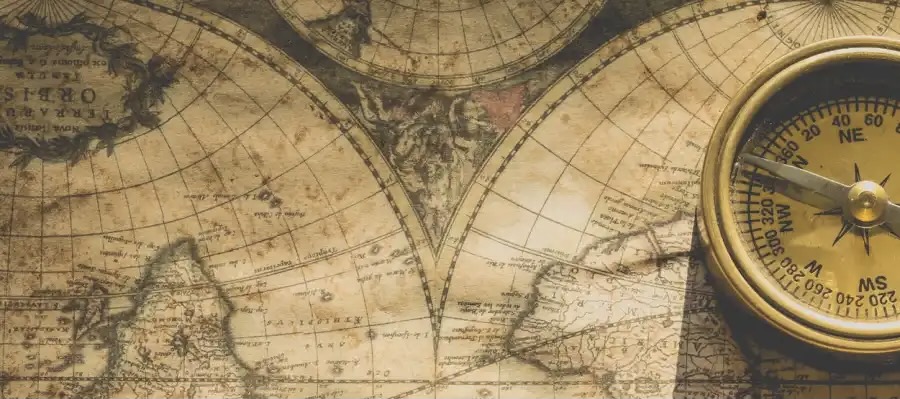Few countries exist entirely in their capital cities and Serbia doesn’t exist solely in Belgrade. Touring the Serbian countryside with its natural beauty and unique historical sites expanded our overall understanding of the country. The towns, villages, and surrounding countryside helped round out our impressions and fill in the details for a more complete cultural picture. Traveling to the north, east, and southeast along the Danube, we barely scratched the surface of rural Serbia but it gave us a taste for more in the future.
Topola
Topola, the birthplace and home of Serbian hero, Karađorđe Petrović (Black George), lies just 80 km south of Belgrade. We took a bus to Topola with our son, Michael, who is knowledgeable about all things Karađorđe, and all things Serbia, for that matter. Karađorđe was elected to lead Serbia in the First Serbian Uprising (1804-13), fighting for Serbian freedom from the Ottoman Empire. A tower, the only remaining section of the fortress that once dominated the town, houses displays of Karađorđe’s personal effects, including a painting that depicts his beheading by order of Prince Miloš Obrenavić in 1817. Attached to the tower is the Church of the Holy Mother, Karađorđe’s home church. The mausoleum of the Karađorđe family in St. George’s Church is found at the end of a lovely shady walk up Oplenec Hill. Karađorđe Petrović and others of the family are entombed in this beautifully ornate church filled with mosaic frescoes. After our explorations, we enjoyed a memorable moment in this picturesque, historic town when we stopped for refreshment and a wandering cat climbed uninvited onto Jim’s lap and made herself at home.
Golubac Fortress
Golubac Fortress is a 14th century castle built into the precipitous cliffs along the Danube River where it narrows at the entrance to the Iron Gates. The fortress is deteriorating today because the hydroelectric dam that was constructed in 1967 has raised the water level sufficiently to creep up the castle walls. The electricity generated at the hydroelectric plant, however, has been shared equally between Serbia and Romania across the river, to the benefit of both nations. Previously, damage to the castle occurred when a single lane tunnel was cut to allow traffic through it. Fortunately, today there is a reconstruction project underway to restore the fortress. When we were there in 2011, we were fascinated to watch as a truck got stuck in the tunnel then tried to back out causing a traffic jam for at least an hour.
Lepenski Vir
150 km east of Belgrade along the Danube River is the important mesolithic (middle stone age) archeological site of Lepenski Vir. This remarkable discovery uncovered a settlement that existed for hundreds, if not a thousand or more years, somewhere between 6500-5500 B.C. It shows evidence of city planning, use of cement for foundations, and carved stone sculptures (Wernick, 1975) millennia before these developments occurred in other areas. This site may be Serbia’s best kept secret because we encountered very few visitors the day we were there.
Silver Lake
A popular recreation area, Silver Lake, is only 120 km from Belgrade. You’ll find sand beaches, a campground, picnic areas, resorts, vendors selling food and souvenirs, a paved boardwalk along the lake, and swimming, boating and fishing in crystal clear water with views of the Carpathian Mountains in the background. We visited on a pleasant day in October which is off-season but we enjoyed a walk along the lake, nevertheless.
Lagniappe (a French word meaning a little extra)
Here are a few additional pictures of lovely and interesting views in the countryside of Serbia.
Next time we travel to Serbia, I’d like to head west from Belgrade. Do you know Serbia is the number one exporter of raspberries in the world? Actually, this distinction varies from year to year based on production but suffice it to say, it’s in the top five. Raspberries are my favorite fruit and I’d like to visit the town of Arilje in western Serbia, called the raspberry capital of the world.
References: Wernick, Robert, (1975). Lepenski Vir: A Mesolithic Paradise. Retrieved from http://www.robertwernick.com/articles/LepenskiVir.htm




























